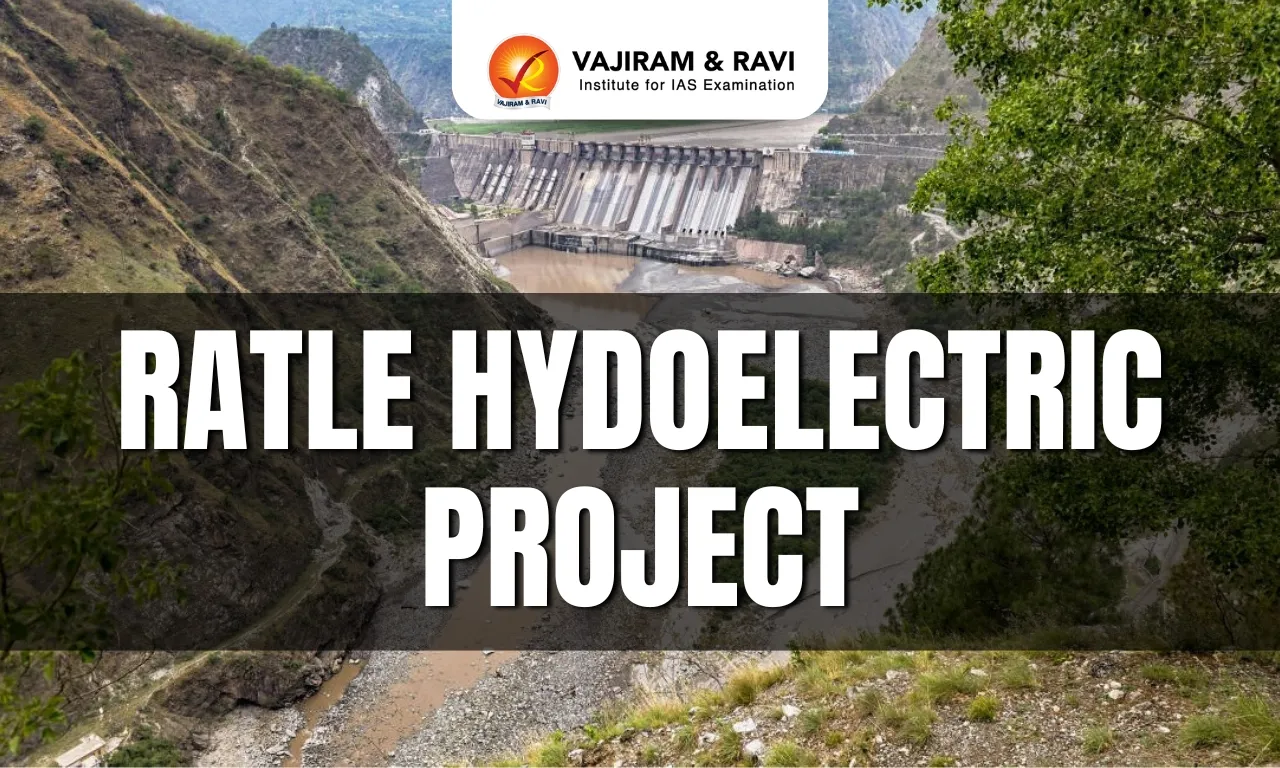About Tungabhadra Dam:
- Tungabhadra Dam, also known as Pampa Sagar, is a multipurpose dam constructed across the Tungabhadra River, a tributary of the Krishna River.
- The dam is near the town of Hospet in Karnataka.
- This was a joint project of erstwhile Hyderabad state and erstwhile Madras Presidency when the construction was started; later it became a joint project of Karnataka and Andhra Pradesh after its completion in 1953.
- Tunga Bhadra reservoir has a storage capacity of 101 TMC with a catchment area spreading to 28000 sq. km.
- The dam is about 49.5 meters in height and has about 33 crest gates.
- The Tungabhadra reservoir and the Mullaperiyar dam in Kerala hold the unique distinction of being the only two reservoirs in the country that were built using a combination of mud and limestone.
Key Facts about Tungabhadra River:
- It is a major river in the south Indian peninsula.
- It is the largest tributary of the Krishna River.
- Origin:
- It is formed by the union of two rivers, Tunga and Bhadra, and hence the name.
- Both the Tunga and Bhadra Rivers originate on the eastern slopes of the Western Ghats.
- The two rivers merge at Koodli in the Shimoga district of Karnataka, giving birth to the Tungabhadra River.
- Course:
- It flows in a more or less northwest direction before joining the Krishna River at Sangamaleshwaram in Andhra Pradesh.
- The Krishna River finally ends in the Bay of Bengal.
- The river has a total length of 531 km and a catchment area of 28,000 sq. km.
- It flows through the states of Karnataka and Andhra Pradesh.
- It is influenced chiefly by the South-West monsoon.
- Major Tributaries: Varada River and Hagari (Vedathy) River.
- The river has several dams and reservoirs built on it, including the Tunga Anicut Dam, the Bhadra Dam, the Hemavathy Dam, and the Tungabhadra Dam.
- History:
- The Hindus consider this river sacred, and there is a mention of the river in Ramayana, where it is referred to as Pampa.
- In historical times, the Tungabhadra River was known as the Varada River.
- The river was an important source of water for the Vijayanagara Empire, which ruled over the region from the 14th to the 17th century.
- The city of Hampi, which was the capital of the Vijayanagara Empire, was located on the banks of the river.
Q1: Which are the main tributaries of Krishna River?
The principal tributaries joining Krishna are the Ghataprabha, the Malaprabha, the Bhima, the Tungabhadra and the Musi.
Source: How did Tungabhadra dam’s 19th crest gate fail? Explained
Last updated on December, 2025
→ Check out the latest UPSC Syllabus 2026 here.
→ Join Vajiram & Ravi’s Interview Guidance Programme for expert help to crack your final UPSC stage.
→ UPSC Mains Result 2025 is now out.
→ UPSC Notification 2026 is scheduled to be released on January 14, 2026.
→ UPSC Calendar 2026 is released on 15th May, 2025.
→ The UPSC Vacancy 2025 were released 1129, out of which 979 were for UPSC CSE and remaining 150 are for UPSC IFoS.
→ UPSC Prelims 2026 will be conducted on 24th May, 2026 & UPSC Mains 2026 will be conducted on 21st August 2026.
→ The UPSC Selection Process is of 3 stages-Prelims, Mains and Interview.
→ UPSC Result 2024 is released with latest UPSC Marksheet 2024. Check Now!
→ UPSC Prelims Result 2025 is out now for the CSE held on 25 May 2025.
→ UPSC Toppers List 2024 is released now. Shakti Dubey is UPSC AIR 1 2024 Topper.
→ UPSC Prelims Question Paper 2025 and Unofficial Prelims Answer Key 2025 are available now.
→ UPSC Mains Question Paper 2025 is out for Essay, GS 1, 2, 3 & GS 4.
→ UPSC Mains Indian Language Question Paper 2025 is now out.
→ UPSC Mains Optional Question Paper 2025 is now out.
→ Also check Best IAS Coaching in Delhi

















